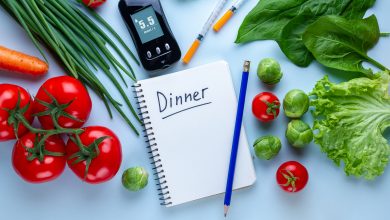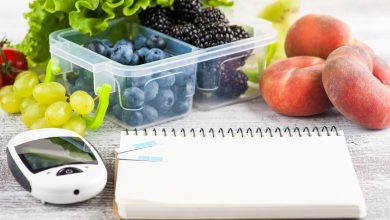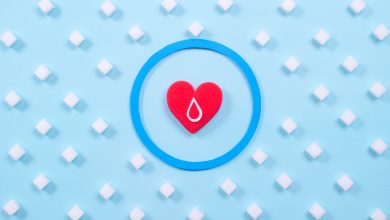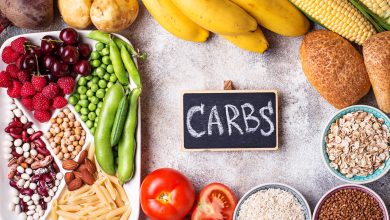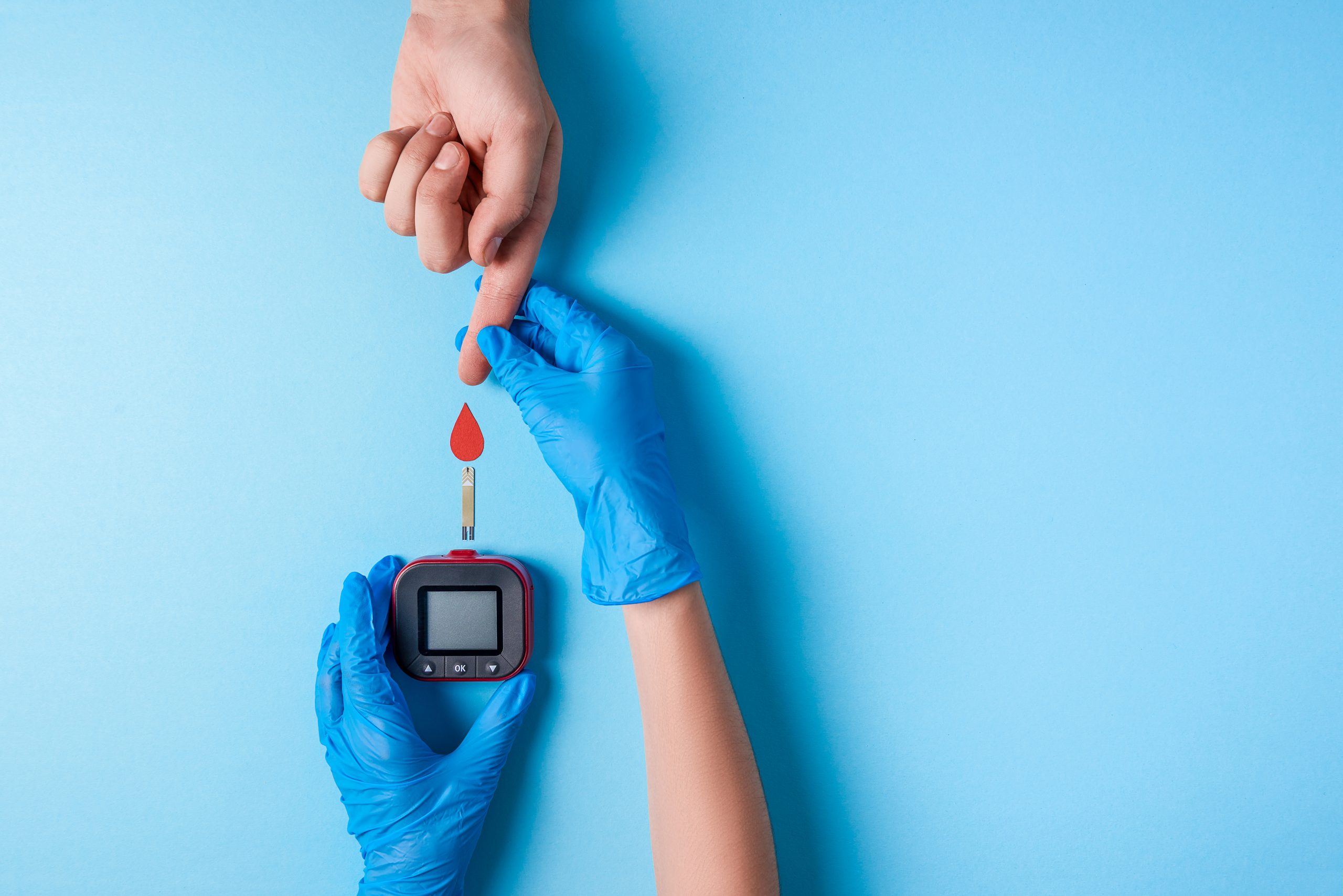
Low blood sugar is typically associated with diabetes, but it is also possible for individuals without diabetes to have low blood sugar levels. It often causes severe symptoms, which is why it is essential to identify the signs and symptoms of low blood sugar levels and learn effective blood sugar management techniques.
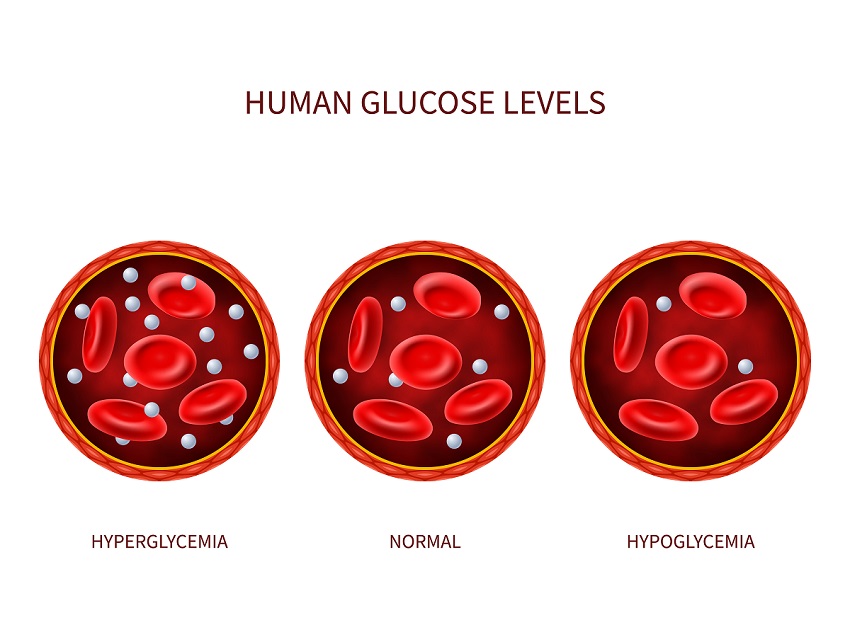
Glucose is a type of sugar and the primary energy source for your body. It is obtained from the food you eat and is created and stored in your body for later use. The level of blood sugar is the quantity of glucose in your body. If the blood sugar level drops lower than normal, it is known as hypoglycemia.
Signs and Symptoms to Look Out for
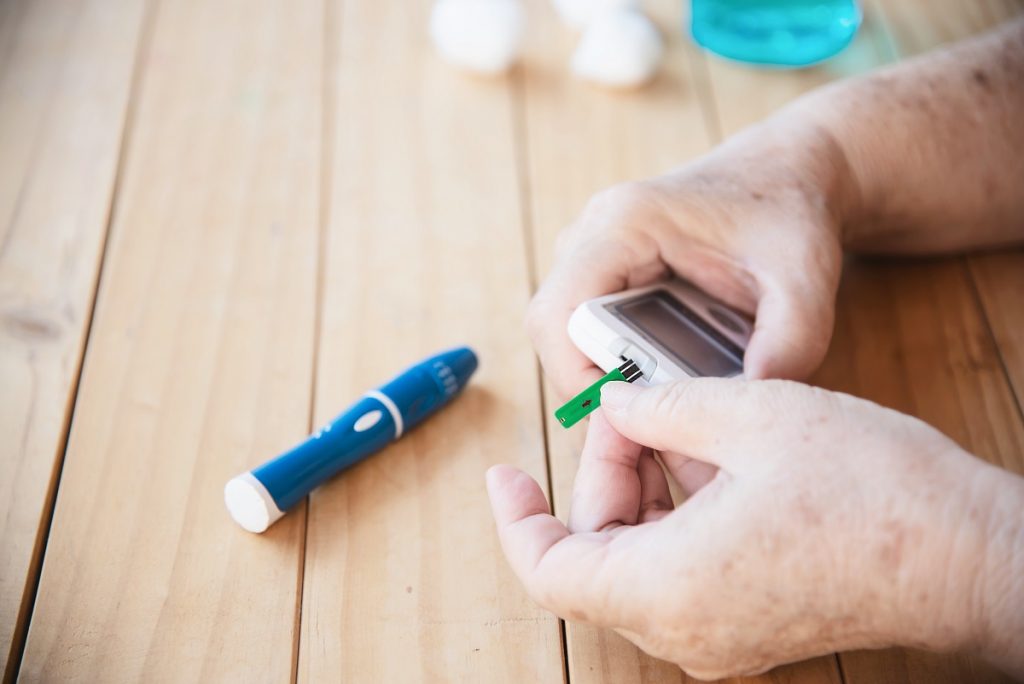
While everyone may react differently to low blood sugar, there are some common signs and symptoms to look out for, including the following:
- Headaches
- Nausea
- Seizures
- Frequent nightmares
- Coordination issues
- Numbness or tingling in the cheeks, tongue, or lips
- Impaired or blurry vision
- Weakness
- Fatigue
- Hunger
- Dizziness or lightheadedness
- Fast heartbeat
- Confusion
- Impatience or irritability
- Clamminess, chills, and sweating
- Anxiousness or nervousness
- Feeling shaky
These symptoms can be mild to severe. It is best to note down all the symptoms you experience for better blood sugar management.
Tips for Low Blood Sugar Management
Here are six effective tips for managing your low blood sugar level and preventing severe symptoms:
1. Foods to Increase the Blood Sugar Level
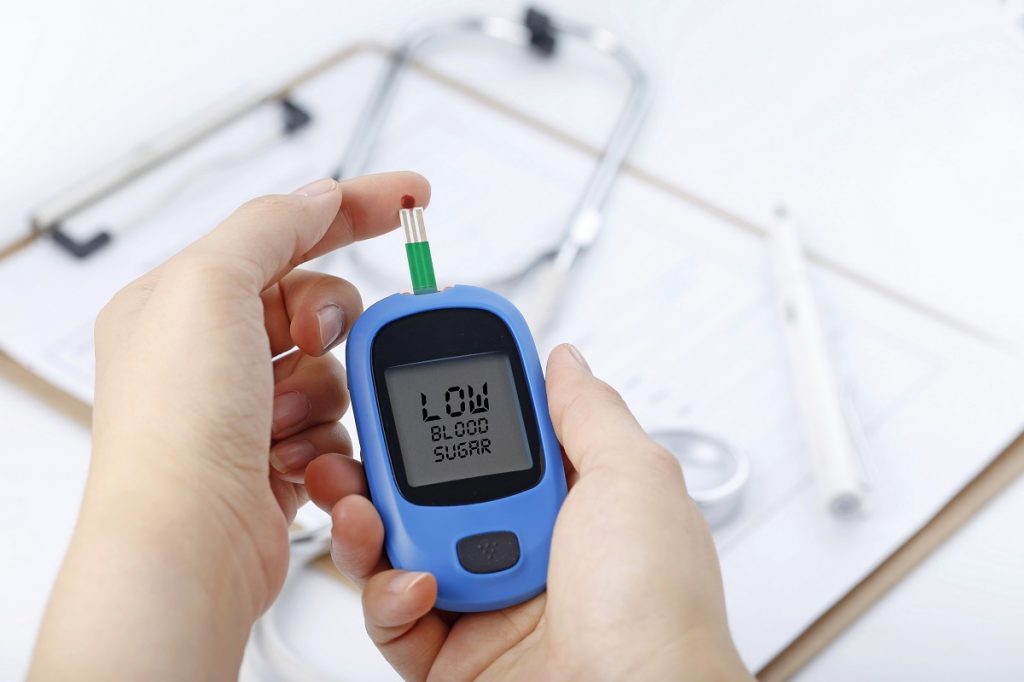
Since blood sugar comes from the consumption of beverages and foods, eating a quick snack is the easiest way of stabilizing your blood sugar level. According to the American Diabetes Association, you must follow the 15/15 rule when your blood sugar is too low.
If your blood sugar level goes below 70 mg/dL (milligrams per deciliter), then you must consume 15 grams of carbs. Wait for 15 minutes to check your blood sugar. If it is still lower than 70 mg/dL, then eat 15 grams of more carbs. Again, you must wait for 15 minutes to recheck your blood sugar.
Some of the recommended foods that can quickly boost your blood sugar include:
- 1 tablespoon sugar mixed with water
- 4 Starbursts
- 15 Skittles
- 1 cup milk (fat-free)
- 1 tablespoon jelly or honey
- 1/2 cup soda (it shouldn’t be sugar-free)
- 1/2 cup grapefruit, pineapple, orange, or apple juice
- 15 grapes
- 2 tablespoons of raisins
- 1 piece of fruit, like an orange, apple, or banana
Other foods that have fat or protein, like chocolate, ice cream, and peanut butter, might also be helpful, but only when your blood sugar hasn’t dipped below 70 mg/dL.
2. Follow a Strict Diet
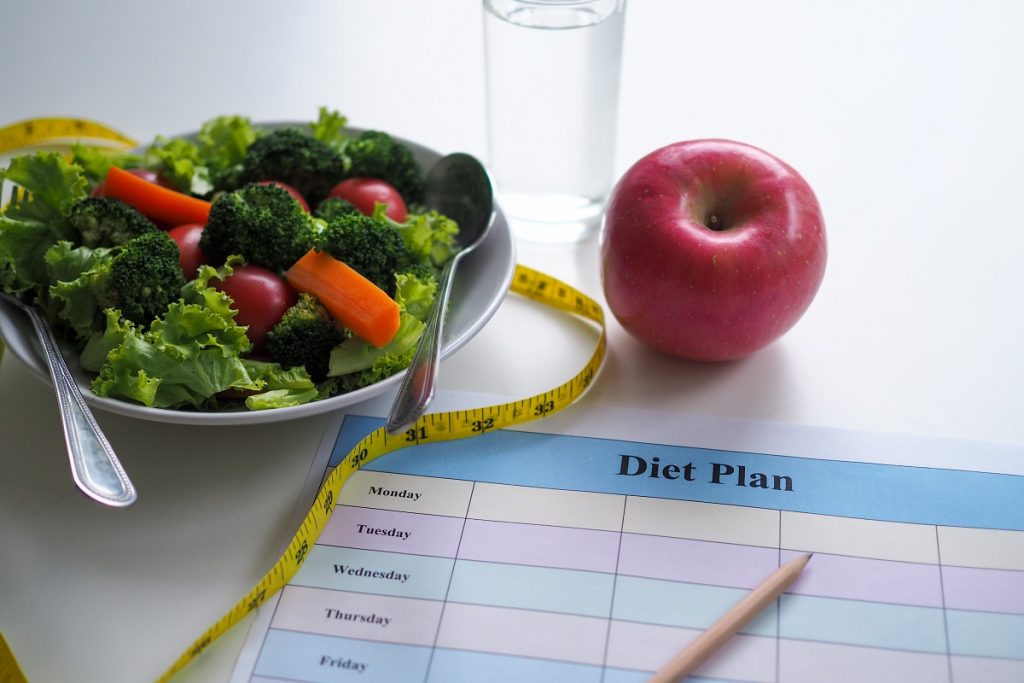
If you have a history of hypoglycemia, then your doctor might have recommended a diet plan for you. It is crucial that you strictly follow the suggested meal plans to prevent any severe episodes. It is ideal to consume a minimum of three meals every day, as well as two snacks. Avoid skipping meals and ensure you eat something every four to five hours after your last meal.
3. Wear a Medical ID or Bracelet

For diabetes patients, it is recommended that you always wear a medical id that includes relevant information about your diabetes. It should include whether or not you are taking any medications or insulin. This bracelet can prove highly useful in case of a severe hypoglycemic episode where you are unable to communicate or have fainted. Your bracelet will let others know how to help you.
4. Check Your Blood Sugar Level Regularly
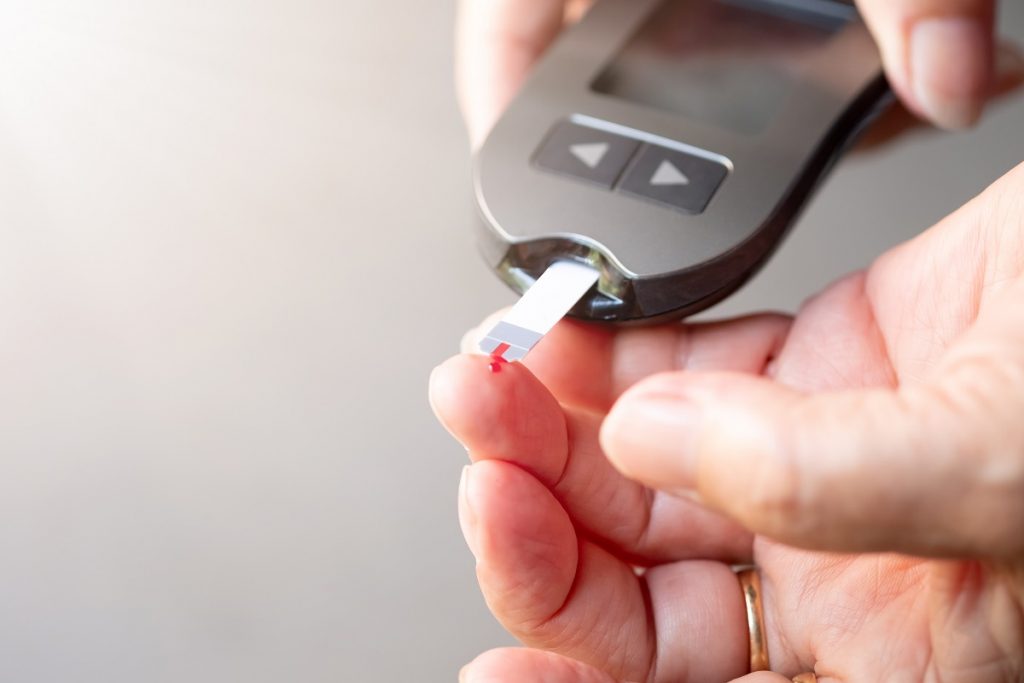
One of the most effective ways for proper blood sugar management is to monitor your blood sugar levels regularly. Check your insulin levels before and after a meal, as well as before and after taking medication. It is also recommended that you check your blood sugar pre and post-workout. If the level is low, take a snack with you to consume between your workout sessionsand maintain your blood sugar levels.
5. Maintain a Healthy Weight
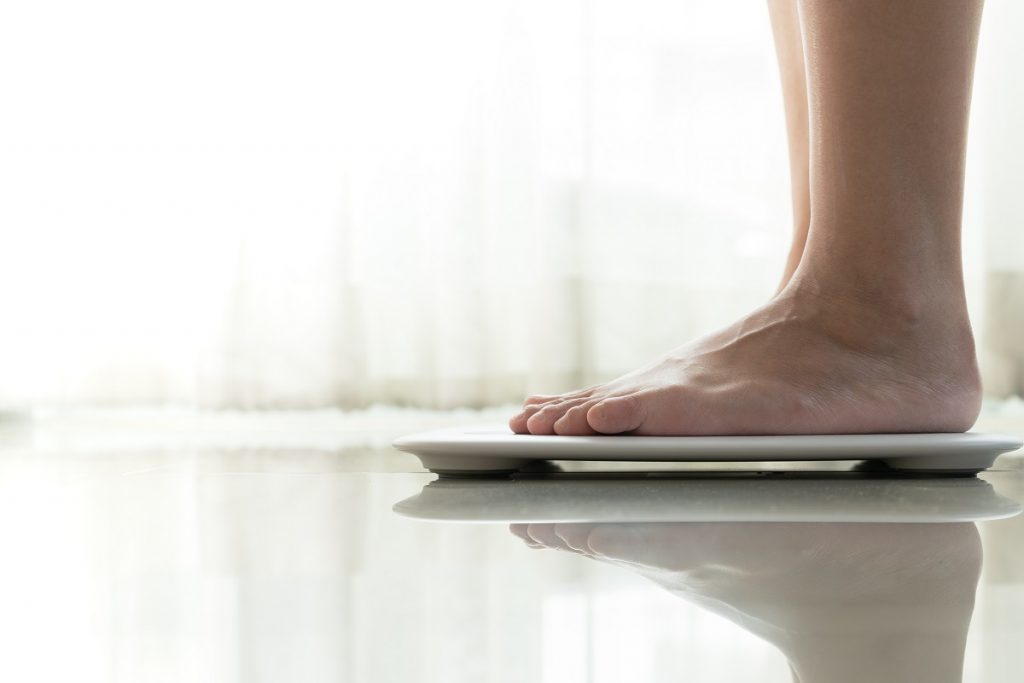
Staying active and maintaining a healthy weight is another effective way to manage your blood sugar level. It helps your muscles in utilizing blood sugar for muscle contraction and energy.
However, it is essential to be cautious while exercising when you have a low blood sugar level. It is recommended that you routinely check your levels before and after physical activity to determine the right way of preventing your blood sugar level from getting too low or too high.
Maintaining a healthy weight helps promote stable blood sugar levels and lowers the risk of diabetes. A 7% reduced body weight can reduce your diabetes risk by 58%, which is more effective than any medication.
6. Other Precautions
Here are a few more precautions to take if you have low blood sugar or to prevent a dip in your blood sugar level:
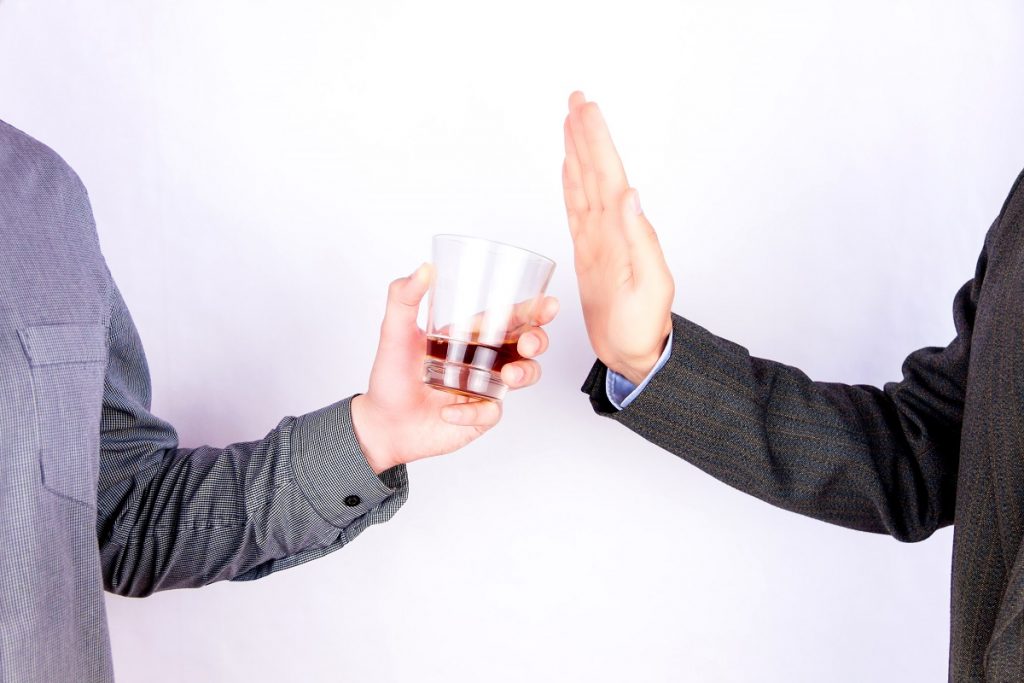
- Monitor your level regularly if you drink alcohol. It is better to restrict alcohol consumption.
- Get more information on your medication, when to take and avoidtaking them.
- Test your insulin levels as per the doctor’s suggestions.
- Consult your doctor to determine the lifestyle changes you need to make for better blood sugar management.
- Avoid trying any new treatments without consulting your doctor first.
Low blood sugar levels must be managed immediately to avoid any severe issues. This is especially important if you have diabetes and are on any medication for low blood sugar management. Educating yourself about low blood sugar, including ways to identify your symptoms is the best way to manage it.
Following all the recommendations from your doctor, as well as these tips,will help you be in better control of your blood sugar and overall health. Don’t forget to check out our Hydrate and Regulate Blood Sugar EBook to learn more. Click to download our Ebook.
References
- https://www.diabetes.org/diabetes/medication-management/blood-glucose-testing-and-control/hypoglycemia
- https://www.niddk.nih.gov/health-information/diabetes/overview/preventing-problems/low-blood-glucose-hypoglycemia
- https://www.everydayhealth.com/hs/type-2-diabetes-management/low-blood-sugar-action-plan/
- https://www.ncbi.nlm.nih.gov/pubmed/11570119
- https://www.ncbi.nlm.nih.gov/pmc/articles/PMC1282458/
- https://www.healthline.com/health/hypoglycemia-without-diabetes#causes
